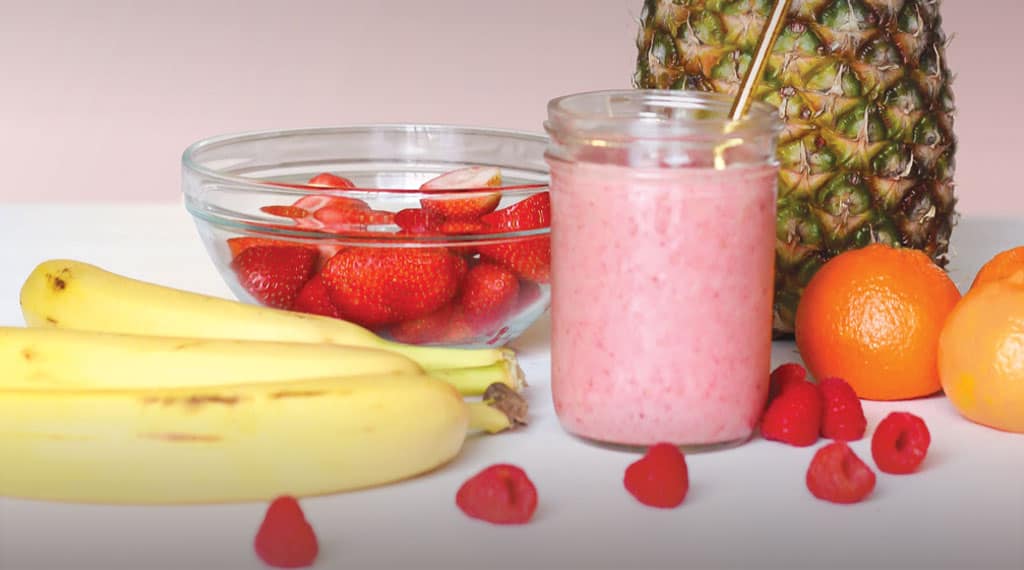Healthy Eating on a Budget
Eating healthy doesn’t have to be expensive. With the right strategies, you can enjoy nutritious, delicious meals without breaking the bank. Many people assume that fresh, wholesome foods are costly, but by planning wisely, shopping smart, and making the most of what you buy, you can maintain a healthy diet on a budget.
In this guide, we’ll explore practical tips and strategies to help you eat well while saving money.
1. Plan Your Meals Ahead
One of the best ways to save money and eat healthy is to plan your meals in advance. Meal planning helps you avoid impulse purchases, reduce food waste, and ensure you’re eating balanced meals.
How to Plan:
- Create a weekly meal plan based on affordable and nutritious ingredients.
- Check what you already have before making a shopping list to avoid duplicate purchases.
- Use seasonal produce as it is often fresher and more affordable.
- Incorporate budget-friendly protein sources like beans, lentils, eggs, and canned tuna.
- Batch cook meals to save time and reduce cooking costs.
- Rotate ingredients strategically to use leftovers creatively and maximize savings.
2. Shop Smart at the Grocery Store
Making smart choices while grocery shopping is key to staying within your budget.
Money-Saving Tips:
- Buy in bulk – Dry goods like rice, beans, and oats are cheaper when bought in large quantities.
- Stick to your shopping list – Avoid impulse buys by following your planned list.
- Compare prices – Check unit prices to find the best deals.
- Opt for store brands – They are often more affordable than name brands without compromising on quality.
- Shop at discount stores or farmers’ markets – Local markets often have fresh produce at lower prices.
- Use coupons and discounts – Look for store promotions and loyalty programs to maximize savings.
- Consider frozen and canned options – They are often cheaper and have a longer shelf life while retaining nutrients.
- Shop late in the day – Many supermarkets mark down perishable foods in the evening.
- Avoid convenience items – Pre-cut fruits and vegetables often cost more than whole produce.
3. Cook at Home More Often
Eating out and ordering takeout can quickly drain your food budget. Preparing meals at home is healthier and more cost-effective.
Benefits of Cooking at Home:
- Saves money – Home-cooked meals cost significantly less than restaurant meals.
- Gives you control over ingredients – Helps reduce added sugars, salt, and unhealthy fats.
- Allows for meal prepping – Cooking in batches saves time and ensures you always have a healthy option available.
- Encourages portion control – Helps prevent overeating and food waste.
- Reduces reliance on processed foods – Many pre-packaged meals are expensive and lack nutritional value.
Tip: Prepare large portions of soups, stews, or casseroles and freeze leftovers for future meals.
4. Choose Affordable and Nutritious Foods
You don’t need to buy expensive superfoods to eat healthily. Many budget-friendly foods offer great nutrition.
Affordable Healthy Food Options:
- Grains: Brown rice, whole wheat pasta, oats, quinoa
- Proteins: Eggs, lentils, beans, canned fish, tofu, chicken thighs
- Vegetables: Carrots, cabbage, spinach, sweet potatoes, frozen vegetables
- Fruits: Bananas, apples, oranges, seasonal fruits
- Dairy: Plain yogurt, cheese, milk
- Healthy Fats: Peanut butter, seeds, olive oil, avocados
- Herbs and spices: Dry herbs last longer and can enhance the flavor of simple meals without added cost.
5. Reduce Food Waste
Minimizing food waste helps you get the most out of your grocery budget.
Ways to Reduce Waste:
- Store food properly to extend shelf life (e.g., keep fruits and veggies fresh by refrigerating them correctly).
- Repurpose leftovers into new meals.
- Freeze perishable items like bread, vegetables, and cooked meals to prevent spoilage.
- Use all parts of ingredients – for example, vegetable scraps can be used for homemade broth.
- Practice portion control – Cooking the right amount prevents food waste.
- Check expiration dates before purchasing items and use older products first.
- Keep a food inventory list to avoid forgetting ingredients in the back of the fridge.
6. Make Water Your Primary Drink
Sugary drinks like sodas, energy drinks, and store-bought juices can add unnecessary costs and calories. Water is the healthiest and most budget-friendly beverage.
Tips:
- Use a reusable water bottle to stay hydrated throughout the day.
- Flavor water with lemon, cucumber, or mint instead of buying flavored drinks.
- Avoid buying bottled water and invest in a good water filter if necessary.
- Brew your own tea at home instead of purchasing pre-bottled versions.
7. Grow Your Own Food
If possible, consider growing some of your own produce. Herbs, tomatoes, lettuce, and peppers can be easily grown in small spaces, even in apartments.
Benefits:
- Saves money on grocery shopping.
- Provides fresh, organic produce.
- Encourages healthy eating habits.
- Reduces dependency on store-bought items.
- Improves self-sufficiency and sustainability.
- Fresh herbs like basil, cilantro, and mint can be grown in pots and used for various dishes.
8. Use Meat Alternatives or Cheaper Cuts
Meat is often one of the most expensive items in a grocery budget. To save money:
- Buy cheaper cuts of meat (chicken thighs, ground turkey, or beef chuck).
- Include plant-based protein sources like lentils, beans, and tofu.
- Use eggs as an affordable protein source.
- Stretch meat by mixing it with vegetables, grains, or beans in recipes.
- Opt for whole chickens instead of pre-cut parts to save money.
9. Stick to Simple, Whole Foods
Highly processed foods often cost more and offer fewer nutrients. Sticking to simple, whole foods can be healthier and more budget-friendly.
Examples:
- Instead of buying flavored yogurt, buy plain yogurt and add your own fruit.
- Swap sugary cereals for oatmeal or whole-grain toast.
- Choose whole vegetables instead of pre-cut versions, which are usually more expensive.
- Prepare homemade dressings, sauces, and snacks instead of store-bought versions.
10. Meal Prep to Save Time and Money
Meal prepping helps you stay on track with healthy eating and reduces the temptation to order takeout.
Meal Prep Tips:
- Cook and portion meals in advance for the week.
- Store meals in reusable containers for easy grab-and-go options.
- Use slow cookers or instant pots for budget-friendly bulk cooking.
- Freeze soups, stews, and casseroles in portion-sized containers for convenience.
- Prep ingredients like chopped veggies in advance to cut down on cooking time.
11. Snack Smart on a Budget
Healthy snacks don’t have to be expensive. Some affordable snack options include:
- Homemade popcorn
- Hard-boiled eggs
- Hummus with carrots or celery
- Greek yogurt with honey
- Nuts and seeds (bought in bulk)
- Roasted chickpeas for a crunchy protein snack
- Whole grain toast with peanut butter
Conclusion
Eating healthy on a budget is achievable with proper planning, smart shopping, and home cooking. By choosing nutrient-rich yet affordable foods, reducing waste, and making water your primary drink, you can maintain a nutritious diet without overspending. Start implementing these tips today, and you’ll see that healthy eating doesn’t have to come with a hefty price tag!
With the right approach, you can nourish your body while keeping your wallet happy. Small changes can lead to significant savings and improved overall health!







